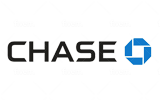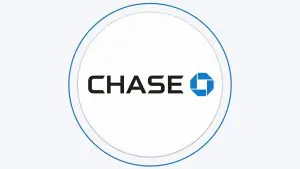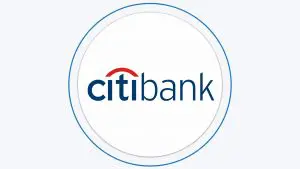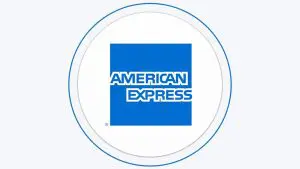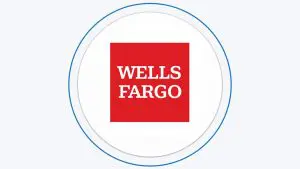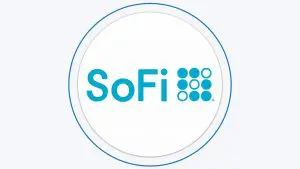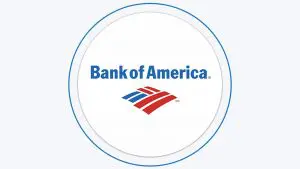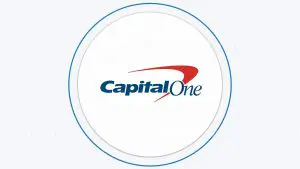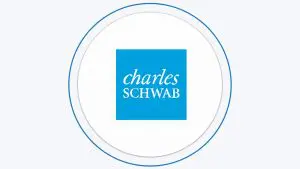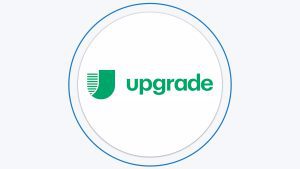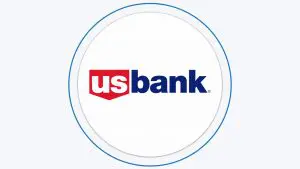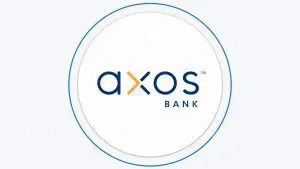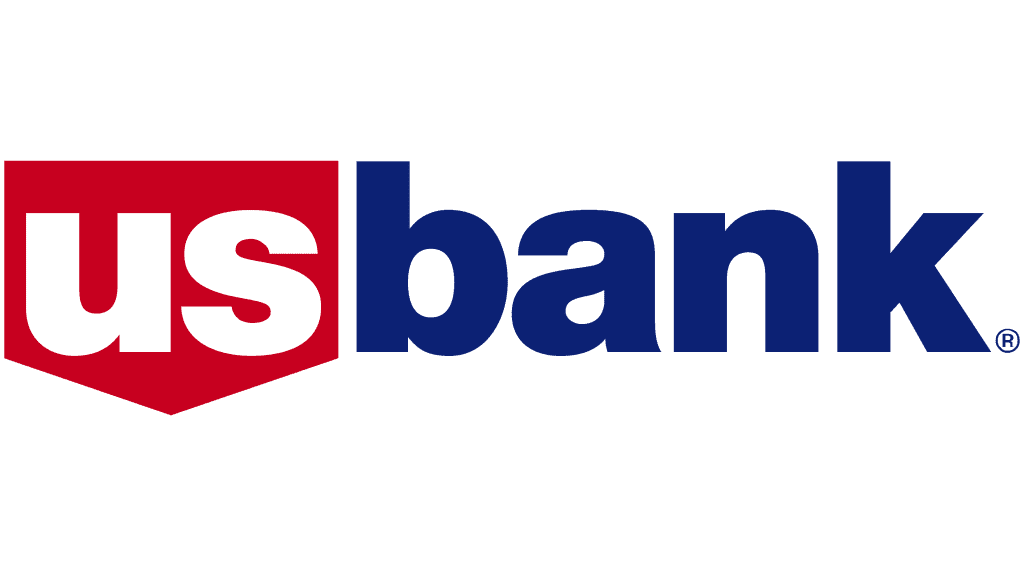Chase First Banking℠
Fees
$0
Minimum Deposit
$0
Our Rating
Promotion
None
Chase is one of the largest banks in the U.S with a comprehensive product line.
As the name suggests, Chase First Banking is designed to introduce children into managing money and learning about day to day finance. The account is available for children aged 6 to 17, with a parent or guardian who is already a Chase customer.
The account is ultimately owned by the adult, so parents don’t need to worry about not being able to check up on what their children are doing with their money.
Chase First Banking℠: Account Features
Chase First Banking is a banking product that has been designed specifically for children and teenagers. It is intended to teach financial literacy skills and help young people develop good money management habits from an early age.
The product includes features such as parental controls, allowing parents to monitor their child's spending and set limits on how much they can spend. It also provides educational tools such as savings goals and tutorials on how to budget and save money:
-
Debit Card
One of the primary features of this account is that it offers a debit card for your child. This means they can withdraw funds from Chase ATMs and make purchases without using your card.
This is a fantastic way to introduce children to how to manage their money with the reassurance that you can set limits on how much and where your child can spend. You can easily lock and unlock the card on Chase app:

-
Parental Alerts
The account allows parents to set alerts, so you can know when and where they are spending money.
This means that you don’t need to continually log into the account to see the transactions. You can receive an SMS alert, so you’ll instantly know what is going on.
-
Savings Goals
The account also includes a savings feature, which allows you to help them to set savings goals. These can be managed via the app, where they can track their progress.
The child can also have the ability to transfer money they have earned or received towards their savings goal. This can help them to develop a savings habit.
-
Chores
The account also allows parents to set up a recurring allowance and assign one time chores. You can set up a monthly, weekly or daily allowance and pay for chores in the mobile app.
This not only saves the hassle of needing to get cash on allowance day, but the child can then decide how much of their allowance they want to save.
-
Learning Tools
The Chase First Banking app also provides learning tools to help educate your child about managing money. You can work with your youngsters to help them, establishing the skills they will need in later life.
Is Chase First Banking Good?
There is no simple answer to this question as it will depend on your priorities and preferences. However, we have compiled some pros and cons associated with Chase First Banking to help you determine if it is a good fit for your family.
Pros | Cons |
|---|---|
Maintain Control | Only Available to Chase Customers |
No Monthly Fees | No Zelle |
Free Debit Card | Not Interest Bearing |
Easy Savings Transfers | |
Innovative Allowance Feature |
- Maintain Control
Unlike many bank accounts, Chase First Banking allows parents to maintain ultimate control over the account. You will have the power to accept or decline money requests and even set limits for specific spending categories.
- No Monthly Fees
There is no monthly maintenance fee for this account, so you don’t need to worry about needing to meet waiver criteria and can focus on helping your child learn about managing money.
- Free Debit Card
While there is no option to get a Chase credit card, your child can enjoy their own debit card with no fees for using Chase ATMs.
- Easy Savings Transfers
The account includes facilities to set savings goals and easily transfer funds towards them. This includes any money the child earns or receives.
This makes it easy for grandparents or other family members to send money directly to the account rather than sending cash at birthdays and other special occasions.
- Innovative Allowance Feature
You can assign regular and one off chores and make allowance payments via the app. This provides an immediate consequence for not completing chores and encourages children to act responsibly.
- Only Available to Chase Customers
Unfortunately, you cannot open a Chase First Banking account independently.
The parent or guardian must also have a Chase checking account, which may not be the best fit for you.
- No Zelle
While the account is available for children up to the age of 17, there is no Zelle facility incorporated into the account.
This means teens may find the account frustrating if they want to send and receive money via Zelle with their friends.
- Not Interest Bearing
Regardless of the balance in the account, Chase First Banking does not pay interest.
This means that if you want your child to earn interest on their money, they will need to also have a savings account, which will complicate account management, particularly if you want the child to feel more independent.

Which Type of Customer is Best Suited to Chase First Banking?
Although this account is available for children aged 6 to 17, it is actually better suited to younger children. If you’re an existing Chase customer or you’re planning on opening a qualifying account and have a younger child, it could be a good option. There are tools and features that can help you to teach younger children about managing money and savings.
However, tweens and teens may find the account frustrating, as there is no Zelle and there is a lot of parental control. Teens may also find the chores and allowance feature redundant.
You will need to assess the personality of your child and if they would benefit from this account or would be better suited to a more traditional children’s account.
Is Chase a Good Bank to Work With?
As is quite typical with traditional banks, Chase has a fairly poor reputation, with a poor rating on Trustpilot and numerous negative comments on consumer review websites and platforms. There are complaints about customer service and fees.
While many of these criticisms do not directly apply to the Chase First Banking account, you would need to have a qualifying account yourself to be able to open an account for your child.
However, Chase does have some plus points. It has a large branch network and a massive ATM network, so it is quite easy to access a physical location in most areas of the country. Chase also offers 24/7 customer support and has a highly rated mobile app.
Chase also has a comprehensive product line. While it doesn’t offer the highest rates in the marketplace, there is a wide selection of banking products, making it easier for your child to transition to teen and Chase student bank accounts as they get older.
How to Open a Chase First Banking Account For Your Child
You need to be an existing Chase customer with a qualifying account to be able to open a First Banking account for your child. This does complicate the account opening procedure a little, but you can still complete the process in branch or online.
- Log In: If you already have a Chase account, you will need to log into your customer dashboard. This will make the process easier, as many of the application form details will be pre-filled. If you don’t currently have a Chase account, you will need to open your own account first before applying for a First Banking account.
- Complete the Application Form: The next stage is to complete all of the mandatory fields of the application form. Many details will be pre-filled, but it is important to note that the child must have the same postal address as yourself. You will also need to confirm the child’s details including their full name and date of birth.
- Set Your Preferences: This screen involves setting the preferences for the account including limits and alerts, but these can be changed in the app or using the online platform at a later date. You can adjust these preferences to suit your growing child.
- Await Approval: Once you submit the application, Chase will send a confirmation email with the new account details.
FAQs
Does Chase First Banking earn interest?
Unfortunately, Chase First Banking is not interest bearing. So, regardless of the balance in the account, you won’t earn any interest.
Does Chase First Banking offer a promotion?
Chase does regularly have promotions for new accounts and customers, but there are currently no available promotions for Chase First Banking.
How do you close a Chase First Banking account?
The easiest way to close a Chase First Banking account is to visit a local branch or call the customer support helpline. A Chase representative can guide you through the closure process and initiate closing the account.
How We Review Checking Accounts: Our Methodology
The Smart Investor team has conducted a comprehensive review of checking accounts offered by various banks, taking into account several key factors to provide a thorough evaluation. Here's how we rated them across four important categories:
-
Checking Account Features (60%): We meticulously assessed the features and benefits associated with each bank's checking accounts. Factors considered include account fees, minimum balance requirements, ATM access, overdraft protection, online and mobile banking functionalities, and additional perks such as rewards programs. Higher ratings were awarded to banks offering a wide range of features and benefits that cater to diverse customer needs, ensuring convenience and flexibility in managing finances.
-
Customer Experience (20%): A positive customer experience is essential in banking, so we evaluated each bank's performance in this area. This included assessing the ease of account opening, quality of customer service, availability of support channels, and overall user satisfaction. Ratings were based on factors such as responsiveness, efficiency, and the bank's commitment to meeting customer needs, ensuring a seamless and satisfactory banking experience.
-
Diversity of Other Financial Products (10%): We also considered the diversity of other financial products offered by each bank, such as savings accounts, loans, credit cards, and investment options. Higher ratings were given to banks with a comprehensive suite of financial products, allowing customers to meet their various banking and financial needs in one place.
-
Bank Reputation (10%): The reputation of a bank is a crucial factor in decision-making. We examined factors such as financial stability, regulatory compliance, and public perception to determine each institution's overall trustworthiness and reliability. Higher ratings were assigned to banks with strong reputations, reflecting their credibility and ability to inspire confidence among customers.
By considering these categories and assigning appropriate weights to each, our review aims to provide valuable insights to help individuals make informed decisions when selecting a checking account

